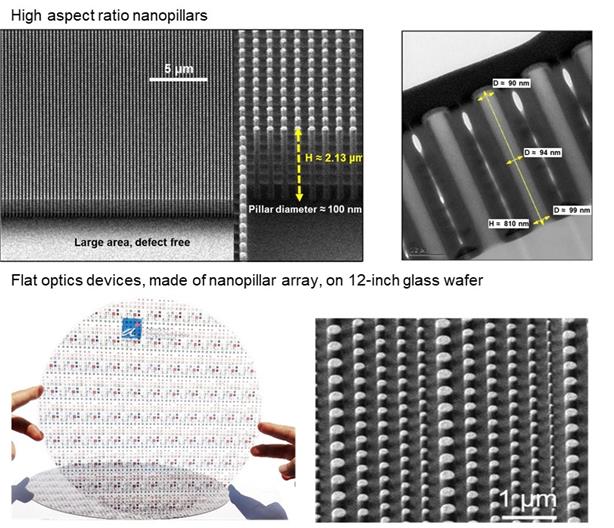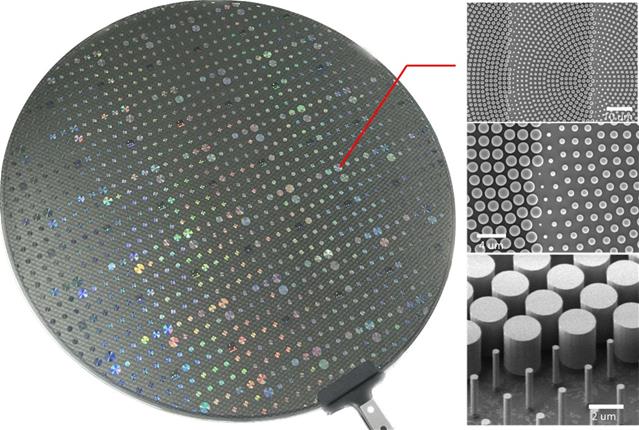-(1000-400-px).png?sfvrsn=7d25ed69_0)
Photonics & Sensors
In today's society, all data is interconnected and is used in our daily lives. As we have witnessed over the past three decades, the data explosion has evolved from 1G to today's 5G. As we move forward to 5+G and 6G, we will be expected to see even greater data demands. This will require our technology to move to the next generation in order to meet the demands of such ubiquitous data connections.
IME's Photonics & Sensors team is focused on addressing these issues and is working on the development of next-generation photonics technologies, such as optical gas sensors and chemical sensors, as well as 12-inch flat optics that look into these issues.
IME's Photonics & Sensors team is focused on addressing these issues and is working on the development of next-generation photonics technologies, such as optical gas sensors and chemical sensors, as well as 12-inch flat optics that look into these issues.
Our Solutions
Gas and Chemical Sensing Platform
Advanced Photonics Integration
Flat optics platform
A*STAR celebrates International Women's Day

From groundbreaking discoveries to cutting-edge research, our researchers are empowering the next generation of female science, technology, engineering and mathematics (STEM) leaders.
Get inspired by our #WomeninSTEM



